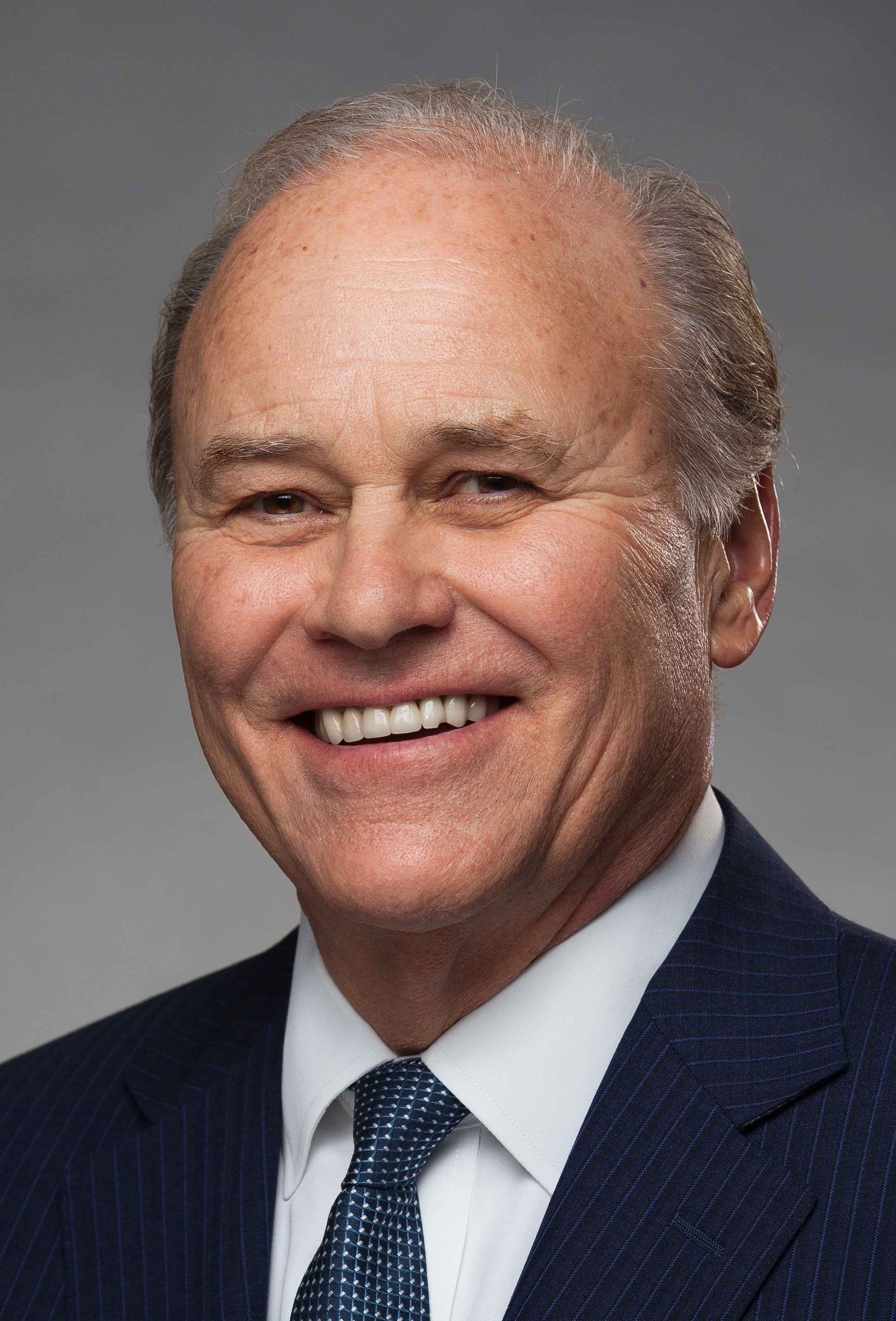I’m writing this from home. In all likelihood, you’ll be reading it at home. This situation wasn’t in any company’s product roadmap. Or was it?
Back in February, in panel discussions at IMCCA’s Collaboration Week New York, there was consensus among experts about one aspect of the future workforce: a lot more of it would be remote. In fact, they relayed that for many in the youngest wave of workers—the Gen Zers—the ability to work from home was a make-or-break factor when deciding whether to take a job. So yes, this current arrangement (albeit at much smaller scale) was indeed on the map, just a lot further down the road.
Related: Enterprise Connect Virtual Session Talks Strategies for Remote Work, Management
How are the leaders of our industry responding to this reality? When the economy reawakens and businesses reopen, do they expect the proliferation of work from home to endure? And how has this crisis shifted the development of their technology ecosystems? We reached out to four AV titans to find out.
Biamp

Joe Andrulis, Executive Vice President, Corporate Development
How has the COVID-19 lockdown affected your approach to business? How are you managing as a company?
Biamp has continued our business operations, while maintaining our focus on keeping everyone safe, by enabling remote work when possible and implementing safe social distancing and sanitizing measures in our facilities. At present, we are able to fulfill existing orders and accept new orders reliably.
Has your product development roadmap shifted as a result of the explosion in remote work?
We’ve always been dedicated to improving meeting experiences that are distributed, meaning that they include participants outside the room via videoconferencing of various flavors. Remote working is just a variation on that theme, so we haven’t needed to change our development roadmap to account for it. If anything, this is demonstrating to more and more people how critical it is to have high-quality AV equipment in conference rooms to ensure remote attendees don’t feel like they’re getting a second-class experience.
Do you think this will have lasting effects on the way we work? If so, what will the workplace of the future look like?
I think we will see a trend similar to what we experienced after 9/11. Now that we’re not traveling, we will begin to question the need for travel, even after we’re past the current crisis. It’s going to take a few years before we get back to “normal” travel levels. This means that the demand for remote work tools and high-quality audiovisual conference room solutions are going to increase significantly as some face-to-face meetings are replaced with videoconferencing.
Crestron

Randy Klein, President and CEO
How has the COVID-19 lockdown affected your approach to business? How are you managing as a company?
Like everyone, our approach changed very quickly—just as this crisis came very quickly. Thankfully, we are a strong and prepared company. We knew our New Jersey and New York workforce were going to have to work remotely. Our top priority was the safety of our people. We created a plan and managed to that plan. Today, employees across every department across the globe are working seamlessly with our customers. I’m in regular contact with all department heads and other team members to ensure our teams are safe and our services and supply are healthy. Our ability to develop, manufacture, ship, and service our products remains unaffected. Practically all our training classes are online—many of which are interactive and instructor led. We even offer virtual tours of our showrooms and experience centers. Since InfoComm was canceled, we’re looking at creating a virtual trade show showcasing our latest offerings.
Has your product development roadmap shifted as a result of the explosion in remote work?
R&D is fully functional. Our product roadmap remains unchanged and nothing is currently delayed. Our engineers work remotely and meet virtually. We are developing unique new product ideas as a result of this situation and you will see some very shortly.
Our customers have noticed. We have received many emails and messages, especially from within the health community—like the one from the Sussex National Health Service on our website. Our employees are proud to be playing their part.
Do you think this will have lasting effects on the way we work? If so, what will the workplace of the future look like?
Looking ahead, I believe the way we work will change—for the better. Unified communications and technologies like Teams and Zoom were already transforming the workplace. This experience will accelerate it tremendously. End users will want high-end, remote collaborative experiences and IT departments will seek cloud-based AV solutions that are secure, scalable, and remotely supportable.
This was a stress test for our company, and I am so very proud of all our people. Not because of their accomplishments, but because of the way they work together and care about each other. We have found better ways to work—fewer emails and more conversations. We have come together as a family with a greater sense of community, care, and appreciation. This crisis has brought out the best in us, and we will all get through this together.
Extron

Casey Hall, VP of Worldwide Sales and Marketing
How has the COVID-19 lockdown affected your approach to business? How are you managing as a company?
Our president, Andrew Edwards, along with the management team at Extron, responded quickly to the impact of the COVID-19 coronavirus. To ensure the safety and health of our employees and customers, we put new policies and practices in place that align with the recommendations of the various government and health authorities.
In mid-March, all employee travel, customer visits to Extron facilities, and in-person training were suspended. We’ve implemented a comprehensive work-from-home policy for all employees with jobs that can be done remotely. All other employees are following the guidelines and recommendations for social distancing and other preventative practices prescribed by the World Health Organization and the US Centers for Disease Control.
Nevertheless, Extron remains fully operational in all respects, including product delivery, manufacturing, technical support, and engineering. We don’t anticipate any reduction in our capacity to deliver products or to provide the world-class technical support to which our customers are accustomed.
Has your product development roadmap shifted as a result of the explosion in remote work?
Our engineering teams are still hard at work. We are proceeding with plans to introduce more than 100 new products in 2020. All Extron S3 Technical Support Hotlines and product repair facilities are fully staffed and operational. Of course, all support activities and orders for products identified for use in critical infrastructure projects—especially those addressing COVID-19 coronavirus services—will receive top priority.
Do you think this will have lasting effects on the way we work? If so, what will the workplace of the future look like?
The shutdown and disruption caused by the COVID-19 coronavirus has impacted the entire industry. Indeed, it will likely be a long time before we understand the full ramifications. We’re confident in our ability to continue to support the needs of our customers for as long as it takes.
Kramer US

Clint Hoffman, US CEO
How has the COVID-19 lockdown affected your approach to business? How are you managing as a company?
The lockdown has been a new and unexpected challenge. The main challenge we are having at Kramer is the same challenge that everyone has these days: cash flow. Of course, our expenses are down. We are not paying to go InfoComm this year, which is our biggest marketing investment every year. Our people are not traveling, so there are no T&E expenses, but sales are down. Thus, cash flow is the challenge. At the end of the day, the key is have enough cash flow to hopefully keep all your people employed during this historic pandemic so that when things do return to normal, the company is at full strength and can recover as quickly as possible.
Has your product development roadmap shifted as a result of the explosion in remote work?
No, it has not. People who work at home can use the soft tools such as Zoom, GoToMeeting, or any other such service along with their laptop and they are all set to work remotely. Our product roadmap is still focused on the environments where people will one day gather again to share information or enjoy an experience such as classrooms, huddle spaces, conference rooms, board rooms, houses of worship, restaurants, retail stores, and more.
Do you think this will have lasting effects on the way we work? If so, what will the workplace of the future look like?
I do believe there will be a much greater degree of acceptance for work at home arrangements than ever before. There will even be some deliberate efforts to have more people work at home more often, most likely combined with the goal of reducing office space expenses.
However, there is really no replacing the degree of important collaboration that can occur when people are physically together. Once we have made it safe for people to gather in groups again, I personally believe the workplace will look a lot like it has in the past, simply with more flexibility for the employees to work at home more often. I suspect many will disagree with me and they will suggest the office and classroom experiences will be relics of history. I find the truth is always in the middle somewhere, between the extremes.

